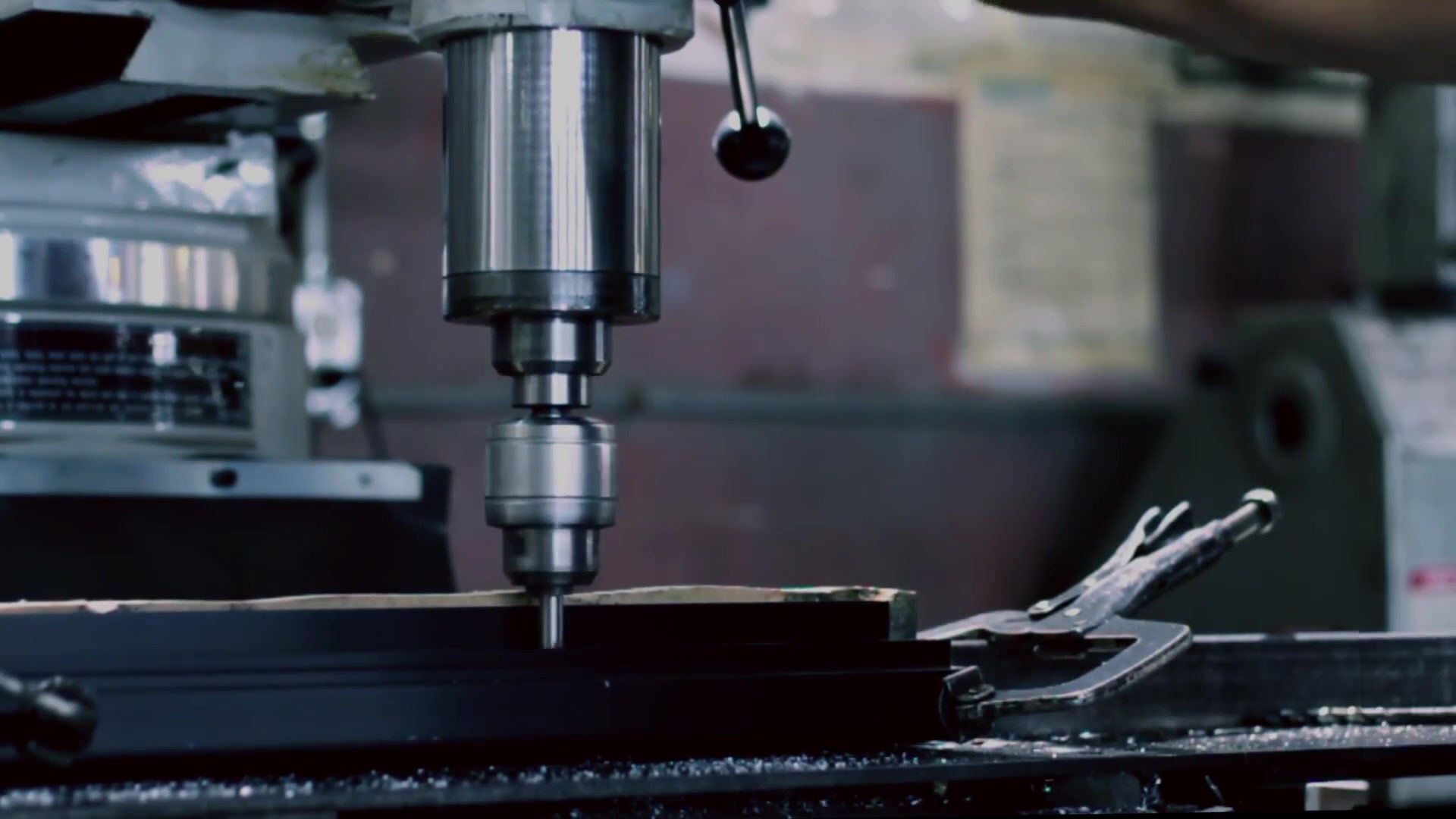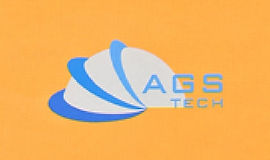


Global Custom Manufacturer, Integrator, Consolidator, Outsourcing Partner for a Wide Variety of Products & Services.
We are your one-stop source for manufacturing, fabrication, engineering, consolidation, integration, outsourcing of custom manufactured and off-shelf products & services. We also private label / white label your products with your brand name if you wish.
Choose your Language
-
Custom Manufacturing of Parts, Components, Assemblies, Finished Products, Machines and Industrial Equipment
-
Domestic & Global Contract Manufacturing
-
Manufacturing Outsourcing
-
Domestic, Global Procurement of Industrial Products
-
Private labeling / White Labeling your Products with your Brand Name
-
Product Finding & Locating Services
-
Global Design and Channel Partnership
-
Engineering Integration
-
Engineering Services
-
Global Consolidation, Warehousing, Logistics
We supply MICROSCOPES, FIBERSCOPES, BORESCOPES, VISION MEASURING MACHINES, PROFILE PROJECTORS from manufacturers like SADT, SINOAGE, SINOWON for industrial applications. There are a large number of microscopes based on the physical principle used to produce an image and based on their area of application. The type of instruments we supply are OPTICAL MICROSCOPES (COMPOUND / STEREO TYPES), and METALLURGICAL MICROSCOPES. You can purchase brand new as well as refurbished or used equipment from us. Browse through our catalogs below and let us know the brand and model number and we will provide you our offers:
HAIDA Color Assessment Cabinet
SADT-SINOAGE Brand Metrology and Test Equipment Catalog In this catalog you will find some high quality metallurgical microscopes and inverted microscopes.
SINOWON Instant Vision Measuring System
SINOWON Vision Measuring Machine
We offer both FLEXIBLE and RIGID FIBERSCOPE and BORESCOPE models and they are primarily used for NONDESTRUCTIVE TESTING in confined spaces, like crevices in some concrete structures and aircraft engines. Both of these optical instruments are used for visual inspection. There are however differences between fiberscopes and borescopes: One of them is the flexibility aspect. Fiberscopes are made of flexible optic fibers and have a viewing lens attached to their head. The operator can turn the lens after insertion of the fiberscope into a crevice. This increases the operator’s view. To the contrary, borescopes are generally rigid and allow the user to view only straight ahead or at right angles. Another difference is the light source. A fiberscope does transmit light down its optical fibers to illuminate the observation area. On the other hand, a borescope has mirrors and lenses so light can be bounced from between mirrors to illuminate the observation area. Lastly, the clarity is different. Whereas fiberscopes are limited to a range of 6 to 8 inches, borescopes can provide a wider and clearer view as compared to fiberscopes.
OPTICAL MICROSCOPES : These optical instruments use visible light (or UV light in the case of fluorescence microscopy) to produce an image. Optical lenses are used to refract the light. The first microscopes that were invented were optical. Optical microscopes can be further subdivided into several categories. We focus our attention to two of them: 1.) COMPOUND MICROSCOPE : These microscopes are composed of two lens systems, an objective and an ocular (eye piece). The maximum useful magnification is about 1000x. 2.) STEREO MICROSCOPE (also known as DISSECTING MICROSCOPE): These microscopes magnify to about maximum 100x and supply a 3D view of the specimen. They are useful for observing opaque objects.
METALLURGICAL MICROSCOPES : Our downloadable SADT catalog with the link above does contain metallurgical and inverted metallographic microscopes. So please see our catalog for product details. In order to acquire a basic understanding about these types of microscopes, please go to our page COATING SURFACE TEST INSTRUMENTS.
FIBERSCOPES : Fiberscopes incorporate fiber optic bundles, consisting of numerous fiber optic cables. Fiber optic cables are made of optically pure glass and are as thin as a human’s hair. The main components to a fiber optic cable are: Core, which is the center made of high purity glass, cladding which is he outer material surrounding the core that prevents light from leaking and finally buffer which is the protective plastic coating. Generally there are two different fiber optic bundles in a fiberscope: The first one is the illumination bundle which is designed to carry light from the source to the eyepiece and the second one is the imaging bundle designed to carry an image from the lens to the eyepiece. A typical fiberscope is made up of the following components:
-Eyepiece: This is the part from where we observe the image. It magnifies the image carried by the imaging bundle for easy viewing.
-Imaging Bundle: A strand of flexible glass fibers transmitting the images to the eyepiece.
-Distal Lens: A combination of multiple micro lenses that take images and focus them into the small imaging bundle.
-Illumination System: A Fiber optic light guide that sends light from the source to the target area (eyepiece)
-Articulation System: The system providing the user the ability to control the movement of the bending section of the fiberscope that is directly attached to the distal lens.
-Fiberscope Body: The control section designed to help one hand operation.
-Insertion Tube: This flexible and durable tube protects the fiber optic bundle and articulation cables.
-Bending Section – The most flexible part of the fiberscope connecting the insertion tube to the distal viewing section.
-Distal Section: ending location for both the illumination and imaging fiber bundle.
BORESCOPES / BOROSCOPES : A borescope is an optical device consisting of a rigid or flexible tube with an eyepiece on one end, and an objective lens on the other end linked together by a light transmitting optical system in between. Optical fibers surrounding the system are generally used for illuminating the object to be viewed. An internal image of the illuminated object is formed by the objective lens, magnified by the eyepiece and presented to the viewer's eye. Many modern borescopes can be fitted with imaging and video devices. Borescopes are used similar to fiberscopes for visual inspection where the area to be inspected is inaccessible by other means. Borescopes are considered nondestructive test instruments for viewing and examining defects and imperfections. The areas of application is only limited by your imagination. The term FLEXIBLE BORESCOPE is sometimes used interchangeably with the term fiberscope. One disadvantage for flexible borescopes originates from pixelation and pixel crosstalk due to the fiber image guide. Image quality varies widely among different models of flexible borescopes depending on the number of fibers and construction used in the fiber image guide. High end borescopes offer a visual grid on image captures that aids in evaluating the size of the area under inspection. For flexible borescopes, articulation mechanism components, range of articulation, field of view and angles of view of the objective lens are also important. Fiber content in the flexible relay is also critical to provide the highest possible resolution. Minimal quantity is 10,000 pixels while the best images are obtained with higher numbers of fibers in the 15,000 to 22,000 pixels range for the larger diameter borescopes. The ability to control the light at the end of the insertion tube allows the user to make adjustments that can significantly improve the clarity of images taken. On the other hand, RIGID BORESCOPES generally provide a superior image and lower cost compared to a flexible borescope. The shortcoming of rigid borescopes is the limitation that access to what is to be viewed must be in a straight line. Therefore, rigid borescopes have a limited area of application. For similar-quality instruments, the largest rigid borescope that will fit the hole gives the best image. A VIDEO BORESCOPE is similar to the flexible borescope but uses a miniature video camera at the end of the flexible tube. The end of the insertion tube includes a light which makes it possible to capture video or still images deep within the area of investigation. The ability of video borescopes to capture video and still images for later inspection is very useful. Viewing position can be changed via a joystick control and displayed on the screen mounted on its handle. Because the complex optical waveguide is replaced with an inexpensive electrical cable, video borescopes can be much less costly and potentially offer better resolution. Some borescopes offer USB cable connection.
For details and other similar equipment, please visit our equipment website: http://www.sourceindustrialsupply.com


















